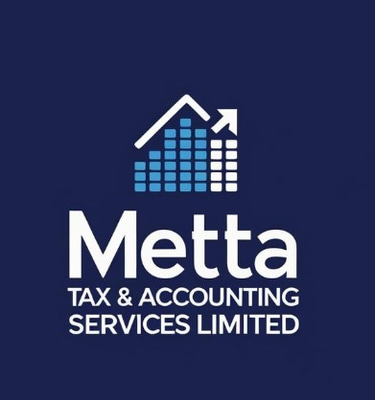
Do You Need to Include PIE Income in Your Tax Return?
A guide for New Zealand investors



Do You Need to Include PIE Income in Your Tax Return?
A guide for New Zealand investors
If you’re investing in KiwiSaver, managed funds, or other portfolio investment entities (PIEs), you might wonder: Do I need to include PIE income in my income tax return?
Let’s break it down using guidance from Inland Revenue's IR855 factsheet (April 2025) and explain when PIE income needs to be declared—and when it doesn’t.
🧾 What Is PIE Income?
A Portfolio Investment Entity (PIE) is an investment structure (like KiwiSaver or managed funds) that pays tax on your behalf using your Prescribed Investor Rate (PIR). These investments are taxed differently from bank interest or rental income.
✅ When You DON’T Need to Include PIE Income
Most investors don’t need to include PIE income in their tax returns, as long as:
You provided your IRD number and correct PIR to the PIE provider, and
The PIE used the correct PIR for the entire tax year.
In these cases, the PIE tax is final and automatically handled.
⚠️ When You DO Need to Include It
There are a few scenarios where your PIE income (or loss) may impact your tax return:
1. Wrong PIR Used
If your PIE taxed you at the wrong rate (for example, you used 10.5% when you should’ve used 28%), Inland Revenue may adjust your return:
Too low PIR? You’ll have extra tax to pay.
Too high PIR? You can’t get a refund, but it may show as a credit in your return.
2. No IRD Number Provided
If you didn’t give your IRD number within 6 weeks, the PIE may have closed your account and taxed you at 28%. That may need to be reviewed.
3. Transitional Residents or Non-Residents
Special rules apply to new migrants and people moving in or out of New Zealand. For example:
Transitional residents may qualify for a 0% PIR if investing in a zero-rated PIE.
Non-residents may be taxed under different rules, such as the foreign investment zero-rate PIE.
4. Joint Investments
Each joint investor must notify their own PIR. If not, the PIE may apply the highest rate (28%) to all.
📌 Where Does PIE Income Go in the Tax Return?
If needed, PIE income is shown separately in your IR3 return—it is not included in your total taxable income. Inland Revenue will do a separate PIE tax calculation, and it could result in:
Extra tax to pay (a “PIE debit”), or
A refund or credit (a “PIE credit”).
If you use myIR, these amounts are usually pre-filled from PIE reports submitted by your fund provider.
📄 Final Tips
✔ Always update your PIR if your income changes significantly.
✔ Review your annual PIE statement (usually provided by May 31).
✔ If you think your PIR was wrong, talk to your PIE provider or accountant.
✔ Use myIR to check or update PIE income details.
Need Help?
Not sure if your PIR is right or whether you need to declare your PIE income?
👉 Contact METATAX today – We can help ensure your investment income is handled correctly and tax-efficiently.
📞 www.mettax.co.nz | 📧 info@mettax.co.nz
📱 WhatsApp us: +64 22 542 8101
